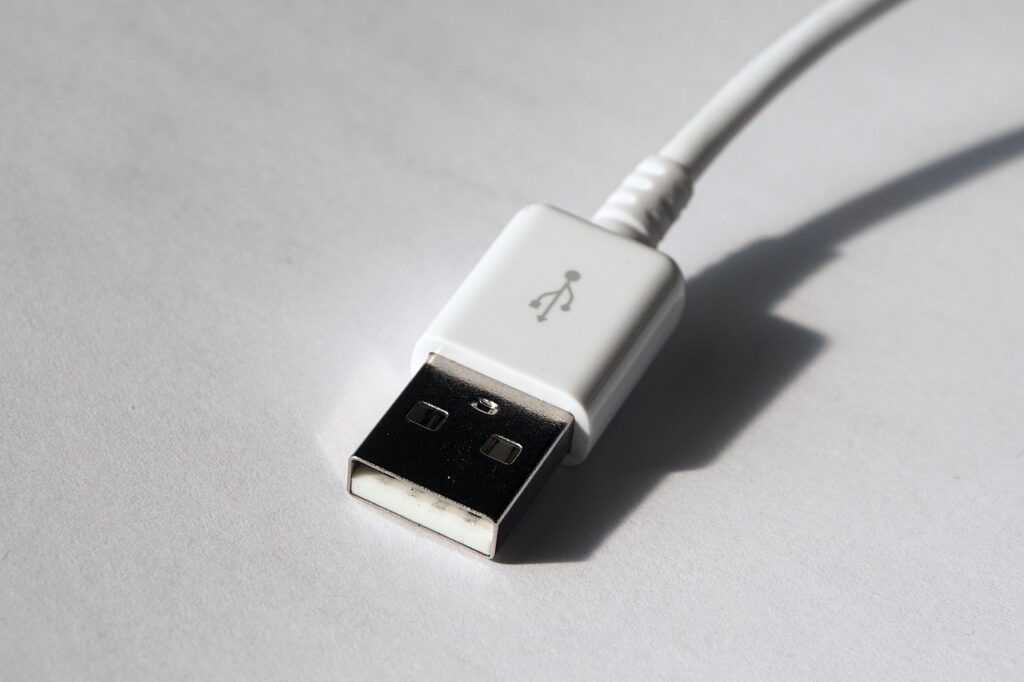Best Android cable Auto is becoming a staple in modern vehicles, having the right cable is crucial for a seamless experience. In this article, we’ll explore the top cables available in 2024, offering you insights and tips to enhance your driving journey. Stick around to discover how the right cable can elevate your Android Auto experience to the next level.
Importance of Choosing the best Cable for Android auto

Picking the best cable for Android Auto is essential to ensure an dependable connection. It’s important to take into account factors, like compatibility data transfer speed and overall performance. Opting for an inexpensive cable may result in connectivity problems. Could even harm your devices. A trustworthy cable can improve your driving experience by offering effortless access, to navigation, music, calls and various other functions. In the sections we’ll delve into types of cables and suggest top choices for 2024.
Types of Cables for Android Auto (USB-C, Micro USB)
When you’re getting Android Auto ready make sure you have the cable. Either USB C or Micro USB, depending on your device. USB C cables are known for their speed and reliability while Micro USB cables are widely used but might be slower. It’s important to select the cable type, for your smartphone and your cars infotainment system. In the sections we’ll suggest top quality cables, for both USB C and Micro USB connections in 2024.
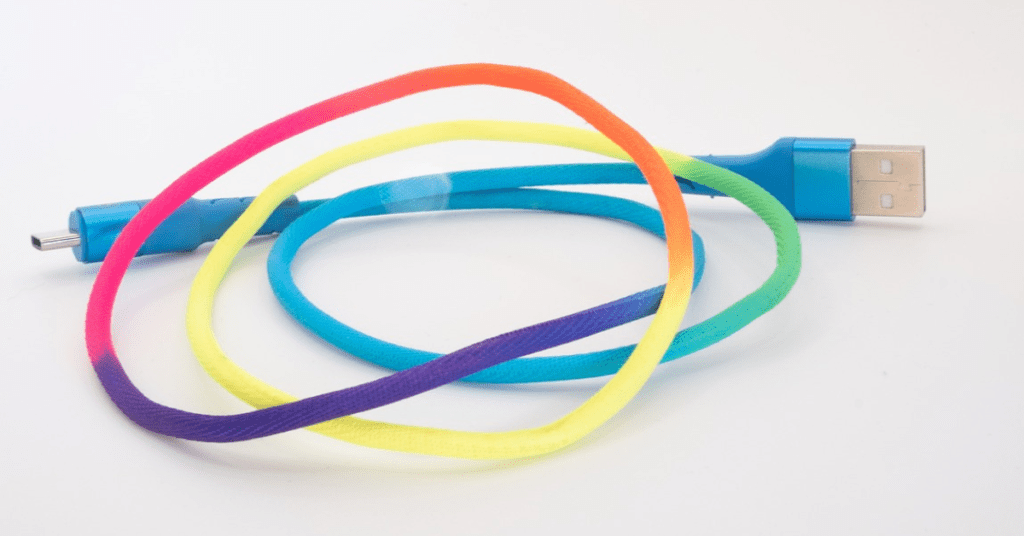
Best USB-C Cables for Android Auto in 2024
Smartphone users will now find USB-C cables as the most common type of cables, thanks to new technology that allows for efficient data transfer rates. With regard to best Android cable Auto, the audience should ensure that they use only high-quality USB-C cable to aid success. Here are some of the top USB-C cables recommended for Android Auto in 2024:Here are some of the top USB-C cables recommended for best Android cable Auto in 2024:
Anker PowerLine III USB-C to USB-C Cable:
Anker PowerLine III is one of the best charging cables for Android Auto because of its toughness and fast charging efficiency. Featuring increased stress points in its construction and a solid build, this cable provides triangulation while in use during a drive.
AUKEY USB-C to USB-C Cable:
AUKEY boasts the production of low-cost, yet efficient, USB-C cables, which can be used effectively for Android Auto. Manufactured from nylon fabric this AUKEY USB-C cable offers quick operation of both charge and data transfer options and is perfect for any driver’s trip.
AmazonBasics USB-C to USB-C Cable:
The other option for customers shopping with a tight budget is to purchase the AmazonBasics USB-C cable for the reasonable price. Overall, it is a low-cost cable that provides fast data transfer speed and consistent performance, which why it is perfect for best cable Android Auto.
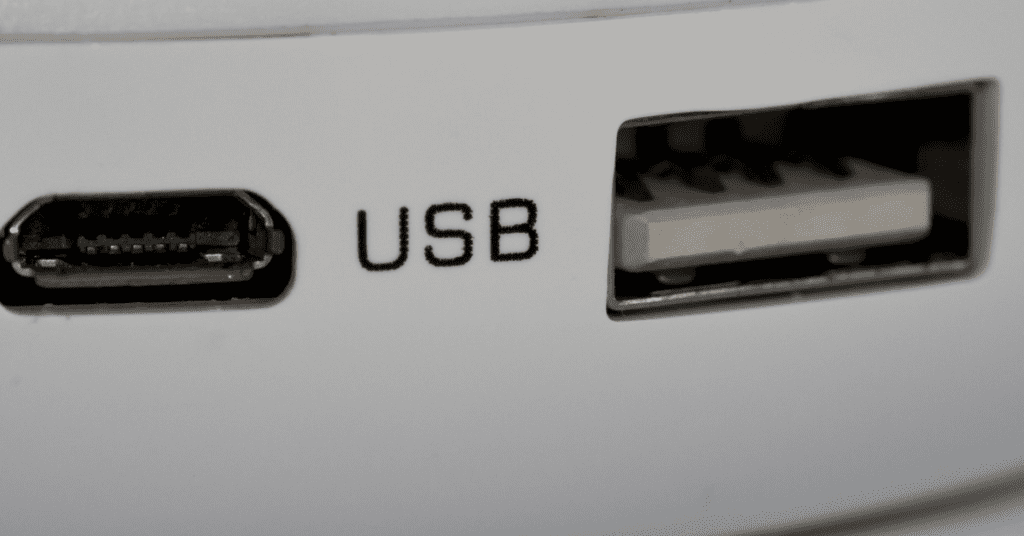
Google USB-C to USB-C Cable:
If you want an OEM cable, then the Google USB C cable is a good choice is a good cable. Original equipment manufactured for Google devices, this cable’s main advantage is compatibility and sync with Android Auto.
These are just some of the options when it comes to the best USB-C cable for Android Auto in 2024. When opting for a specific type of cable, it will be advisable to go for the best one based on durability, data transfer speed, compatibility with smartphone as well as the car’s infotainment system. You should therefore make sure that you complete the Android Auto on the road with the right USB-C cable.
Factors to Consider When Selecting a Cable
When choosing a cable for Android Auto, there are several factors to keep in mind to ensure you get the best possible experience:When choosing a cable for Android Auto, there are several factors to keep in mind to ensure you get the best possible experience:
Compatibility:It should also be capable of working with both the phone’s operating system and your car’s integrated system, if applicable.
Data Transfer Speeds: Ensure that the cables you use are compatible with high speed data transfer in order to sustain the Android Auto features.
Durability: Look for a cable with strong build, for example an extra strong stress rating or a nylon braid which will help it cope with frequent usage.

Length: Finally, regarding the cable length, it is advisable to closely determine the requirements of the particular system in your car and choose a cable that fits these requirements.
Brand Reputation: It is because there are many cables in the market with the same or similar functions but what you need to do is to go for the right ones in the market with the right brands that are trusted and proven in the market to help user overcome every problem with their performances and compatibility.
Hence, with the above factors in mind, you will be in a position to choose the most appropriate cable that is more appropriate for use in Android Auto, and therefore fully enjoy the riding process without many complications.
Tips for Choosing the Best Cable
Use a Short Cable: Shorter cables are less likely to get tangled up and they are normally more portable as well to use in vehicle.
Avoid Cable Extensions: It is true that when use of a cable extension the signal quality is bound to degrade and hence the speed with which data is transferred over a cable will also decline and this is detrimental for an Android Auto.

Prioritize Quality: It can also be concluded that sourcing a high quality cable with good construction and proper connectors would make it long lasting and dependable.
Stick with the Cable in the Box: Astutely, stick to the cable that comes with the maker of your smartphone or specifically the car’s infotainment brand, it will be compatible and perform well.
Opt for USB-C: If available, opt for a USB-C cable since it has a possibility of higher transfer rates with your device as compared to Micro USB cables.
Avoiding Cable Extensions for Optimal Performance
Using cable extensions with your Android Auto setup may seem convenient, but it can lead to several issues that impact performance. Using cable extensions with your Android Auto setup may seem convenient, but it can lead to several issues that impact performance:
Signal Loss: Signal attenuation, which is prevalent in cable extensions may affect the otherwise optimal connectivity and sometimes, functionality of Android Auto.
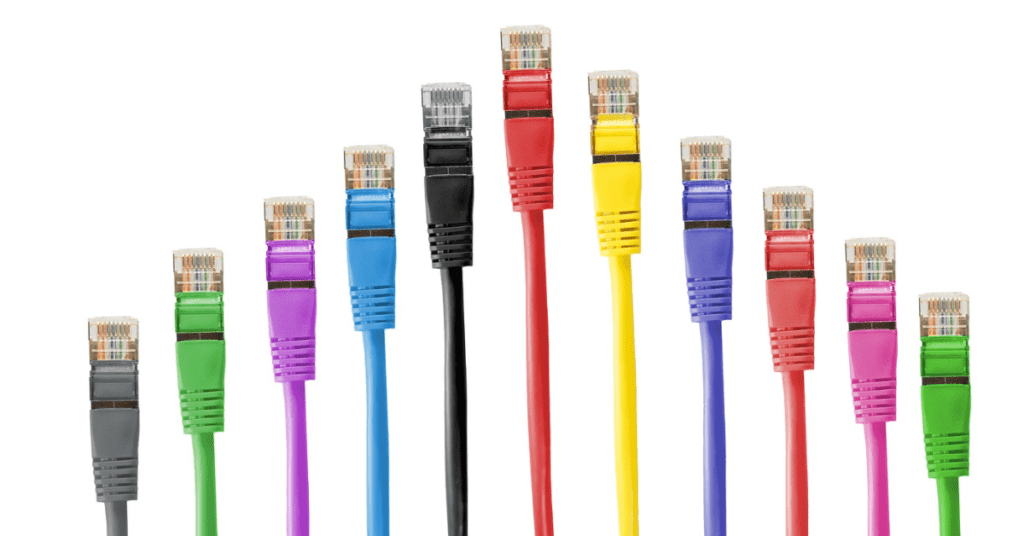
Reduced Data Transfer Speeds: Cable extensions should be avoided since they slow down the Android Auto’s efficiency of data transmission causing laggy or slow navigation, slow music streaming, and other related entertainments.
Increased Risk of Damage: More wires and sockets add the potential to treat the whole set up with short circuiter or electrical harm.
As important as it is to achieve the best result, your Android Auto arrangement should not require cable extensions for the best performance and dependability. Instead, go to Amazon or wherever for a decent quality cable that is the length you need, which directly connects you smartphone to your car entertainment system. This will reduce the chances of experiencing signal dropout, keep the rates of data transmission high, and generally minimize the chances of damage to the devices.
The Significance of Cable Length
One thing that you need to consider with regards to your cable is the length, which is a very important factor that will determine the effectiveness of your Android auto.
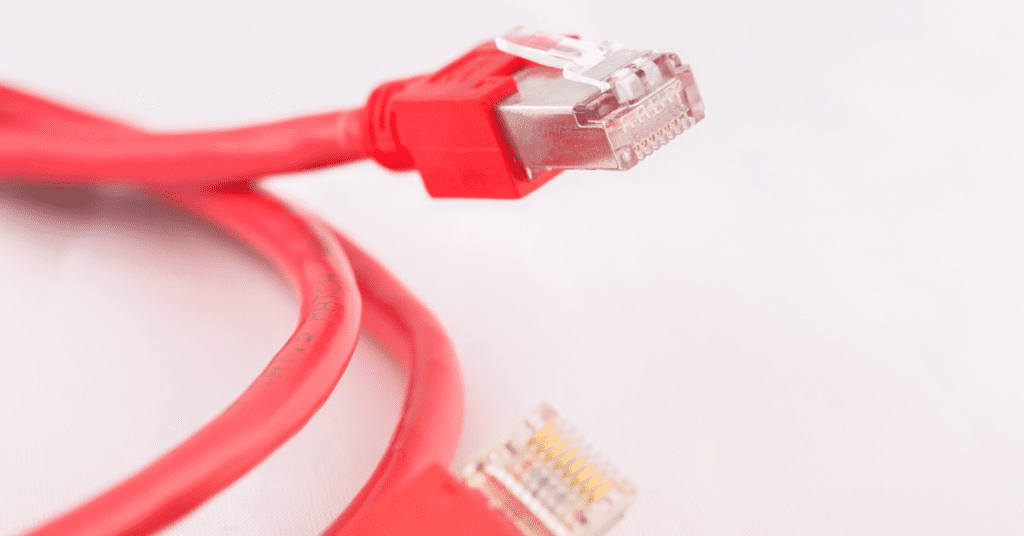
Since they are big and bulky, the longer cables are more likely to get tangled and they are also hard to manage especially when using the car.
By doing so one can avoid cases where signals are reduced, and data transfer rates are slow due to the use of long cables.
Selecting the proper cord length guarantees appropriate connectivity and various functions within the Android Auto.
In the following sections, you will learn more choices of cable length and more information about how to choose the most appropriate Android Auto cable size. Read on to find out how cable length complicates things and how you can improve your driving experience.
Compatibility Issues and Solutions
For Android Auto to function properly, it is essential that your smartphone, cable, and vehicle’s infotainment system be compatible.
Compatibility difficulties might arise due to mismatched connectors or obsolete software, which can lead to restricted functioning and trouble with connections.
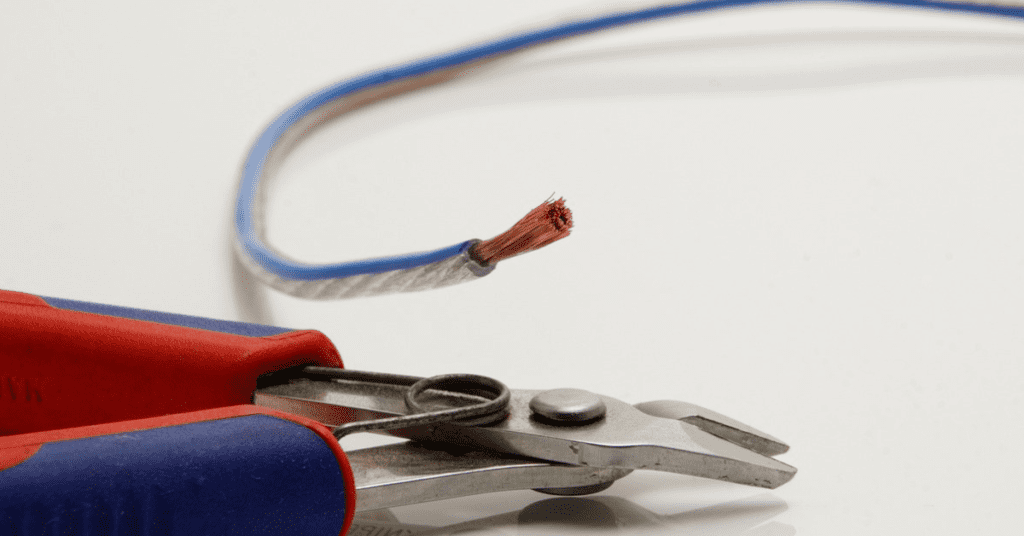
Use cords that are compatible with your car’s system and smartphone wherever possible to avoid compatibility problems. Compatibility problems may also be fixed by updating the software on your smartphone and making sure the infotainment system in your vehicle is current.
We’ll go into more detail about typical compatibility problems and provide workable fixes in the areas that follow to guarantee flawless connection and top performance with Android Auto. Follow along to find out how to maximize your Android Auto setup and get around compatibility issues.
Using Manufacturer’s Provided Cables
Anyone seeking to use a cable on their smartphone or vehicle entertainment system is advised to use the cable that comes with it for better compatibility.
These cables are manufactured specifically for your devices and have been tried and tested, and specially designed to deliver reliable information transfer and dependable signals.
While cables available in the market today may offer these features, the compatibility and performance may not always be satisfactory.
To do this, do not try to change the standard cords that came with the device with other more complex ones since this may lead to complications and affect your Android Auto experience in a negative way.
In the sections following this, we shall describe some of the benefits of using the cords provided by the manufacture and tips on how to get the best out of Android Auto while using them. For other features which can be useful in knowing how it can be advantageous to continue with the original cables, read on.
Wired vs. Wireless Android Auto Connections
You have the option to link your phone with the car interface via Wi-Fi or a cable when installing Android Auto.
Compared to wireless connections, wired connections often offer longer data transfer times and more reliable connections.

Although setting up a wireless connection will take less time, wireless connections are more versatile and handy since they allow a smartphone to connect to the auto system without the need for a wired cable.
As you will see, wired and wireless connections both have advantages and disadvantages. Ultimately, your own preferences and the specific situations you find yourself in will determine which connection type is best.
The wired and wireless Android Auto connection methods will be briefly discussed in the next sections, along with tips on maximizing the benefits of your preferred connection type. Watch this space for further information on the advantages of each and for some helpful hints on maximizing the use of Android Auto.
Troubleshooting Common Android Auto Connection Problems
Similar to other applications, Android Auto provides excellent features for users of cars, however sometimes, connection issues may occur.
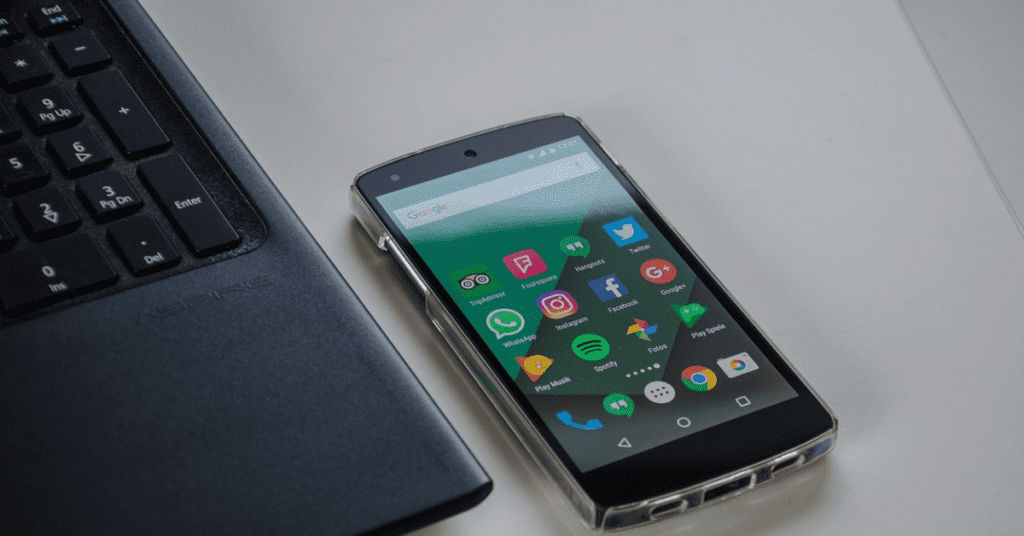
However, problems like a lost connection, a frozen screen, or non-responsive gaming controls are some common ones.
Make sure the infotainment system in your vehicle and your smartphone are running the most current software update before attempting to fix these issues.
But before you do that, you may want to reset the system in the vehicle and the smartphone that is connected, or you might unplug the wire and then plug it back.
If so, it’s possible that the cable or the ports are broken in some manner; thus, try doing the test on alternate cables or USB ports.
Let’s move on to the parts that follow, which will provide further fixes for Android Auto connection problems. I’ll be posting some advice shortly to assist you get beyond the difficulties you could encounter and start enjoying Android Auto.
Enhancing Android Auto Connection Stability

One of the most important aspects to consider while using Android Auto is that the connection needs to be solid and there are measures that need to be taken to ensure that this is the case.
First, check and make sure both your smartphone and your car’s head unit are put in a position where it can receive each other’s signal without any hindrance in between them.
Secondly, it is recommended to use a better quality cable than your computer’s original cable, especially in the case of wired connectivity to have fewer connection drops or interruption.
Furthermore, the owners of smartphones and holders of cars must update the systems to the newer versions as it will enable the interaction of the two to be smoother.
In the next parts of this guide, we will discuss the ways of improving stability for the connection and the steps to follow to make Android Auto run smooth and without issues. You are invited to listen more on how to better position yourself to get the best of the driving.
Maximizing Android Auto Performance with the Right Cable
The appropriate cable is a key to improving operation of the Android Auto system and maintaining stable connection on your car device.
Selecting a good quality cable that supports higher transfer rate and sturdy construction will make it less likely to face connectivity problems while delivering a very entertaining drive.
Furthermore, if the user has a specific cable that was supplied by the manufacturer of the car or a cable that is exclusively made for Android Auto, the user can switch to this cable to improve the efficiency of the connection.
In the following sections, the author/s will identify the five best cable for Android Auto in the year 2024 and offer best practices to consider for purchasing the right cable for your vehicle. You would love to find out how the right cable can take your Android Auto to the new level.
Conclusion and Final Recommendations
To sum up, a flawless and pleasurable driving experience depends on the best cable you choose for your Android Auto setup.
We have discussed the significance of selecting a high-quality best cable android auto throughout this guide, how to avoid common mistakes like utilizing cable extensions, and how to maximize performance by selecting the appropriate length and kind of cable.
Here are a few main conclusions to summarize:
Prioritize compatibility and choose a cable that works with the infotainment system in your vehicle as well as your smartphone.
To reduce the possibility of connection problems, choose a high-quality cable with quick data transmission rates and sturdy construction.
For best results, try utilizing the cable that came with the device from the manufacturer or use one made especially for Android Auto.
Reducing data transmission rates and signal loss might result from employing cable extensions, so stay away from them.
You may improve connection, dependability, and general performance while driving by heeding our advice and choosing the ideal cable for your Android Auto setup.
We hope that this tutorial has been helpful in providing you with important tips and advice on selecting the ideal cable for your Android Auto setup. Read our post in full for suggestions and other details on certain cable possibilities.

FAQs:
- What is the best charging cable for Android?
- The best charging cable for Android is a high-quality USB-C cable.
- Can I use Android Auto without cable?
- No, Android Auto requires a cable connection for use.
- What type of cable is used for Android?
- Android Auto requires a USB cable for connection.
- What is required to run Android Auto?
- To run Android Auto, you need a compatible smartphone and a car with Android Auto support.
- What is a type C connector?
- A type C connector is a small, reversible USB connector commonly used for newer Android smartphones.
- How to do wired Android Auto?
- Wired Android Auto involves connecting your smartphone to your car’s infotainment system via a USB cable.
- What is the maximum length of Android Auto cable?
- The maximum length of an Android Auto cable is typically around 6 feet (2 meters).
- Does Android Auto have speed limit?
- Android Auto does not have a speed limit itself, but it adheres to the speed limits set by your vehicle’s navigation system.
- How to fix Android Auto?
- To fix Android Auto issues, try restarting your phone and car, updating software, and checking cable connections.
- Do I need a special USB cable for Android Auto?
- Yes, it’s recommended to use a USB cable specifically designed for Android Auto.
- How to improve Android Auto connection?
- To improve Android Auto connection, ensure cables are undamaged, update software, and keep devices close together.
- Why is my car not picking up Android Auto?
- Your car may not pick up Android Auto due to compatibility issues or software glitches.
- Can I connect Android Auto wirelessly?
- Some cars and smartphones support wireless Android Auto connections, but it’s less common.
- Why does Toyota not support Android Auto?
- Toyota does not support Android Auto in some models due to its preference for its own infotainment system.
- How to set USB connection for Android Auto?
- To set up USB connection for Android Auto, enable USB debugging and follow the on-screen prompts on your smartphone.
